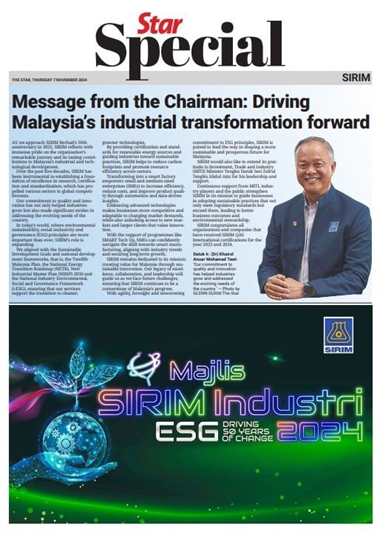
China’s state-owned industrial giants have set up nearly 100 new research hubs as part of a government initiative launched in 2022 to drive technological breakthroughs in a slew of strategic fields.
The huge state-directed effort is part of a broader push by Beijing to counter Washington’s attempts to contain China’s technological progress and revitalise the Chinese economy through game-changing innovations.
The project – which is being led by China’s State-owned Assets Supervision and Administration Commission (SASAC) – has identified 201 research fields in 60 industrial sectors in which it aims to achieve breakthroughs, according to government announcements and state media reports.
Do you have questions about the biggest topics and trends from around the world? Get the answers with SCMP Knowledge, our new platform of curated content with explainers, FAQs, analyses and infographics brought to you by our award-winning team.
It was launched with the approval of the Central Commission for Comprehensively Deepening Reform – a body headed by President Xi Jinping – in February 2022.
SASAC, which oversees 90 trillion yuan (US$12.3 billion) of assets belonging to 98 centrally-controlled state-owned enterprises (SOEs), set up a tech innovation bureau the following month.
Much about the campaign remains shrouded in mystery, with the government yet to release a full list of the state-owned industrial giants involved and the research projects they are pursuing.
But state media reports have confirmed that 58 centrally controlled SOEs are taking part, including the 718th Research Institute of China State Shipbuilding Corporation Limited, State Grid Corporation of China, China National Petroleum Corporation, and the 30th Research Institute of China Electronics Technology Group Corporation, among others.
The initiative is another sign of China’s commitment to its “whole-nation system” of governance, in which the state mobilises national resources and directs SOEs to achieve strategic goals.
Central SOEs allocated 1.1 trillion yuan to research and development in 2024, the third consecutive year in which their R&D investment surpassed 1 trillion yuan.
“Central state-owned enterprises are pivotal hubs in the national innovation system and pillars of China’s technological advancement,” said Yuan Ye, vice-chairman of the state assets watchdog, at a press conference in late January.
Over the past two years, central SOEs have made eye-catching breakthroughs in several fields, such as the release of a prototype for the CR450 – the world’s fastest commercial train with an operating speed of 400 kilometres per hour – in December.
Other milestones have included the Chang’e-6 probe collecting the first ever samples from the far side of the moon and a deep-sea mining vehicle successfully completing its first trial.
SASAC has pledged to align itself with China’s strategic needs by prioritising the pursuit of breakthroughs in “frontier disruptive technologies” and driving industrial innovation.
The areas it has mentioned include quantum information, 6G mobile networks, deep-earth and deep-sea exploration, controlled nuclear fusion and advanced materials.
Wang Hongzhi, deputy director of SASAC, also urged central SOEs to focus on developing new algorithms, ramping up their computing power, and exploring new applications for artificial intelligence in traditional industries.
The rapid technological progress China has achieved through state-led initiatives such as the Made in China 2025 plan raised alarm in Washington earlier this month, with panellists at a US congressional hearing warning the country risks losing “the next industrial revolution”.
However, China’s state-owned giants still face many challenges when it comes to developing original technologies, including a poor record of commercialising innovations and an investment environment that is often impatient and intolerant of setbacks, according to a December article by Qian Aidai, a professor at East China University of Science and Technology.
More from South China Morning Post:
- ‘Made in China 2025’ puts US at risk of ‘losing next industrial revolution’, panel told
- China dreams of building a world-class jumbo jet. Can it do it without the West?
- Battle of the bots: China, US scrap for top of the humanoid heap
- Made in China 2025: China meets most targets in manufacturing plan, proving US tariffs and sanctions ineffective
- China+10: how multinationals are revamping their supply chains for Trump 2.0
For the latest news from the South China Morning Post download our mobile app. Copyright 2025.










































